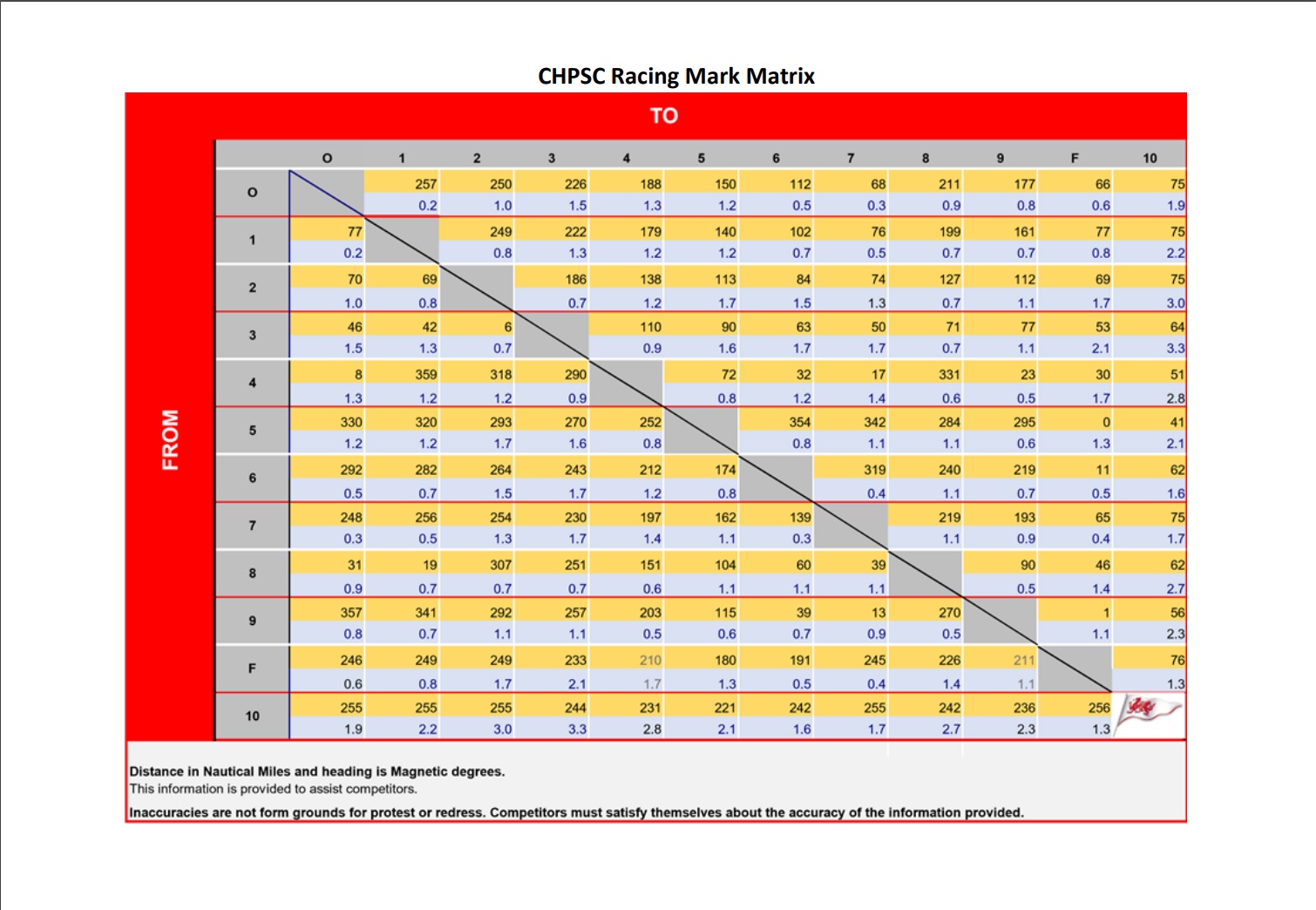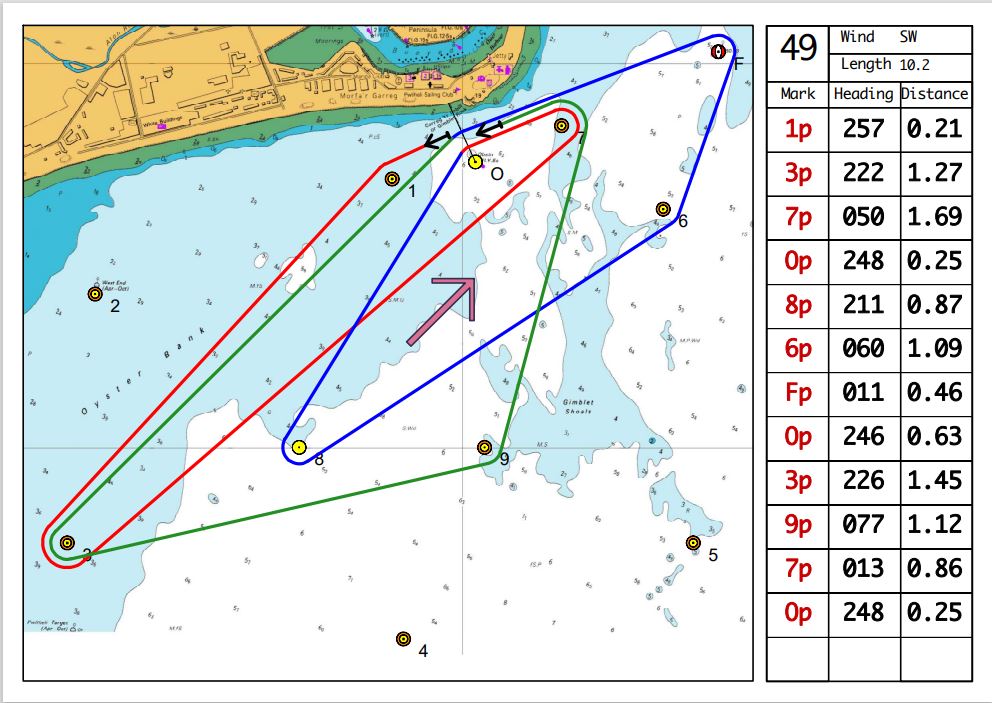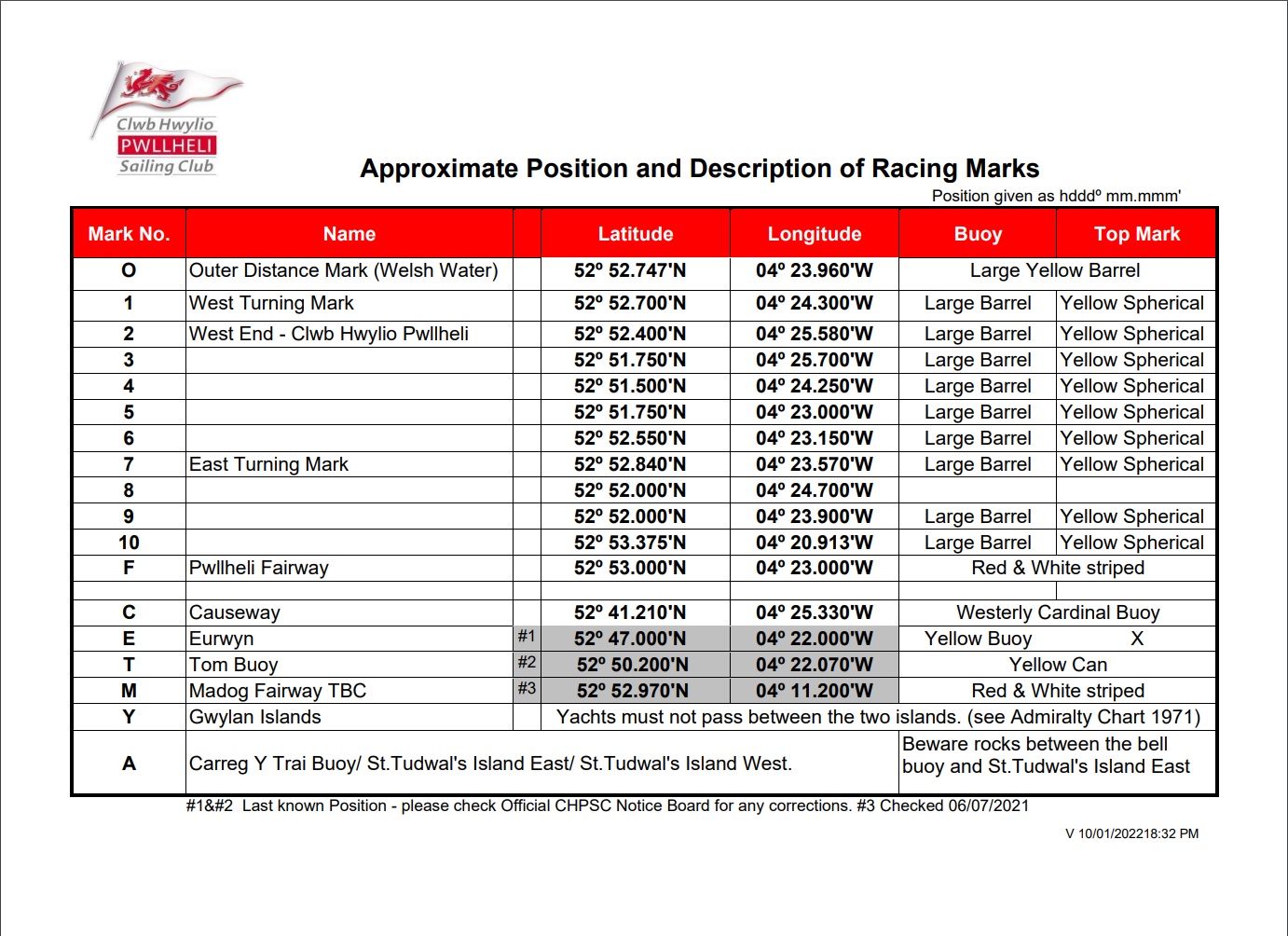The following is an extract from Joe Cooper's web page, 'Practically Sailing' which may be of interest to anyone thinking of offshore racing or long cruises.
Further useful information is available on his web site - link here.
Offshore passage: Winter capsize, roll over & dismasting in Class 40 yacht
Offshore and ocean passages are sailing adventures not to be taken lightly even in the balmy months. The following account is extremely valuable reading for all who venture to sea in small boats.
This is the account, translated from its original French by Timo Tavio a yacht broker and manger based in Georgia of three sailors delivering a Class 40 yacht back to France from Mexico after a Transatlantic race. He was also in attendance at a meeting featuring a de-briefing by the skipper of the boat. On Dec 10 the yacht with a three man crew was rolled and dismasted off Bermuda. Rarely does such an incident leave any survivors let alone any experienced enough to recount the tale with the clarity and cool that is presented here.
Read it and take good notes.
BEGINS
This past weekend, at the annual meeting for the Class 40. One of the agenda items at the annual meeting for the Class 40 was a debrief from a skipper whose boat was rolled on December 12th, in heavy seas during its delivery home from Mexico to France. The delivery skipper and two crew were rescued off the boat from where it sat 600 miles east northeast from Bermuda. The delivery skipper was also at the meeting and shared in the debrief.
This kind of situation is eye-opening when it happens to any boat, but even more so when it happens to a 40 foot Cat 1 boat that had already survived a bruising race in the Solidaire du Chocolat where the fleet was hammered by six different lows. There are some lessons to be learned for all of us. What follows is my best French-to-English interpretation of what was conveyed.
The Facts
The boat was Axa Atout Couer, class number 70, recently built, owned by Erik Nigon, designed by Jacques Valeur and built by JPK in France.
For pictures of a sister boat, check out the JPK website. While the site is in French, it is pretty easy to figure out how to get to the Class 40 design. The boat was built to Cat 1 standards. The boat was being delivered home from competing in the Solidaire du Chocolat, the delivery starting in Progresso Mexico via the Bahamas and on to France. The delivery skipper was highly experienced, with numerous Transatlantic passages. The additional 2 crew were also well experienced. The boat was in touch with the skipper and shore resources for routing throughout its delivery. There was active tracking throughout the trip via Inmarsat Sat C. The crew also had access to email as well as satellite phone via Iridium. On December 10, north east of Bermuda, the forecasts showed a low coming off the US and heading out across the Atlantic. The crew shifted course to the south in an effort to dive below the expected track of the low.
On December 12 the boat was fully in the low, having failed in an effort to dive below it. The delivery skipper reported winds of 40+ knots, and seas of 10 + meters (30 plus feet). Location was 600 miles east north east of Bermuda and 1200 miles west of Horta. It was their 13th day at sea. Given the storm conditions, the crew had taken steps to prepare. All were wearing survival suits both on deck and below decks. The ditch bag was prepared, and they were sailing under storm jib alone. They had contacted the shore side skipper who had informed CROSS (French maritime rescue) who in turn had sent out a notice to mariners of the location of the vessel. At 2120 hours (local) one person was on the helm and 2 were below. A single wave knocked the boat to 90 degrees.
The boat did not immediately right, and a second wave that came quite quickly after the first wave rolled the boat to 180 degrees. The boat seemed, in the words of the skipper, quite comfortable at staying inverted. The cabin crew were standing inside the boat on the cabin top. Topsides, the helmsman was tethered and under the boat. The helmsman released his tether and swam to the back of the boat. The crew went out the open companion way and swam to the back of the boat. The life raft was lashed to the deck and was hanging in its lashings. Those had stretched out, so the raft was actually down at the life line level. They released the raft and inflated it. The raft inflated upside down, and they had to turn the raft over which took approximately 10 minutes. The raft, with its drogue, did a good job of staying in place next to the boat. They did not have the ditch bag, nor EPIRB. Their only hope at this point was the shore side skipper, who knew of the bad weather, would notice at the next scheduled Sat C update that their signal had disappeared and then would mobilize the rescue authorities. They did not feel safe diving under the boat in the dark, swimming through the companion way and getting the EPIRB and ditch bag. About 10 minutes later, the boat righted itself. The delivery skipper speculates that once the mast broke underwater, the next wave shoved the boat over enough for the keel to go to work. Once the boat flipped back over, they got back on the boat. They secured the raft to the transom with several lines and went into the cabin. The boat had approximately 50 CM (1.5 feet) of water in the cabin. They were not able to get the engine started, even though it looked fine.
The VHF was no longer operable (water damage) and the Iridium was not working. They fired off the EPIRB as well as the Sat C distress function, and then one person got to bailing while the two other guys worked to clear the mast. On the portside they had to unscrew the bottle screws to free the rod rigging, and on the starboard side they had to bang out the pins. They did not have sufficient cutting gear on board to cut the rod rigging. CROSS, the French rescue authorities called the shore side skipper on his cell phone about 10 minutes after the EPIRB was fired off. His cell phone was the registered number with the authorities.
The SAT C distress signal was picked up by the US MRCC center shortly after or coincident with the French authorities picking up the EPIRB signal. At this point, the crew could not speak to the outside world so the shore side folks did not know if they were still in the boat or had taken to the raft. By comparing the two signals from EPIRB and from the Sat C, the shore side folks were able to confirm that they had the same location and that the crew was still in the boat. 3 hours after righting, the crew was able to get the Iridium phone working. They contacted the shore side skipper, and then contacted Norfolk MRCC. Norfolk MRCC coordinated the rescue. A Hercules was launched out of Elizabeth City to locate the vessel and stand-by on station. Two merchant vessels were diverted, with the Wellington Star ultimately arriving on station around 4 AM local on the 13th.The crew contacted MRCC every 30 minutes via Iridium calls to provide and receive status updates.
Locating the boat was actually something of a problem for the ship. They had GPS coordinates, but the boat was low in the water with no mast and high wave state making radar contact challenging. On the boat, they had a hard time getting any of the SOLAS flares to fire as they had been water logged when the boat flipped. The parachute flares they did launch were so rapidly carried away by the wind as to be useless. Ultimately, it was their flashlights that allowed them to signal the ship. Coordination of the transfer was difficult, with no working VHF. The ship's ability to gently maneuver alongside the boat was quite limited given its size, inertia and the sea state. The dismasted boat was banging against the vessel violently, and with the sea state it was oscillating up and down the side of the boat in swings of as much as 40 feet. The delivery skipper recalls feeling as if the transfer from boat to ship was actually the most dangerous point in the entire incident. The actual transfer itself involved having to jump from the boat to the side of the ship where there was a boarding ladder made from rope and wooden steps. Had they fallen in the water during the effort, they would have been crushed between the boat and the ship. Once transferred, they proceeded to New Bedford.
The Lessons:
- Make sure your delivery skipper knows the boat, and knows how to handle such situations.
- If you expect bad weather, get in contact with a shore side party, let them know your plans and coordinate for exigent circumstances.
- Make sure the rescue authorities have all your most recent numbers, and at least one of those contact numbers be for someone who is not going to be on the boat and also someone who knows your float plan.
- Any knife you have located near to your life raft to cut lashings needs to be located with the idea that you will be in the water at the transom.
- Ideally, it should be low on the stanchion, reachable by you in the water.
- The raft should be easily accessible from in the water and at the transom. It won't do you any good kept below, or even on a deck location or locker that is farther forward in the cockpit.
- A water proof VHF is critically important. And it should be kept charged and kept with the ditch bag.
- Consideration should be given to locating an EPIRB at the stern; perhaps on a stanchion/a stern transom escape hatch is critical. In this case it would have allowed them to reenter the inverted boat to go get the EPIRB had the boat never righted.
- Having two forms of distress signaling was quite helpful. In this case, that was the Inmarsat Sat C as well as the EPIRB.
- A handheld Iridium, kept in a sealed bag and in the ditch bag could allow for communications when all your fixed equipment is damaged or water logged.
- Program that Iridium with emergency numbers, because when it all goes pear shaped you may not have those numbers handy.
- A hydraulic rod cutter can save you huge amounts of grief. Their hacksaw blades were not up to the task.
- Keep your passports with your ditch bag.
- Keep your flares in a water tight box of some sort. None of their flares survived the soaking they got when the boat inverted.
- If a boat is diverted to you, you have to leave when it arrives regardless of the conditions. You can't ask them to stand by.
- If they had it to do over again, they would have coordinated their rescue request so that the boat would be diverted after conditions had abated and become safer for a transfer.
- If you end up in the water in the Atlantic in December with no hot toddy in your near term future, you want to be wearing a Gumby survival suit. Not a dry suit and most definitely not foulies. They are required for Cat 0 and are not required for Cat 1, but perhaps you should consider it if you plan on doing a Transat.
I hope this is helpful.... I know that I learned something from having heard the debrief. The seas that they were in when they got into trouble are seas I have seen, and the issues that they experienced are issues I easily could see experiencing. I am changing my own plans in response to their experience
Joe Cooper
 English (UK)
English (UK) 








